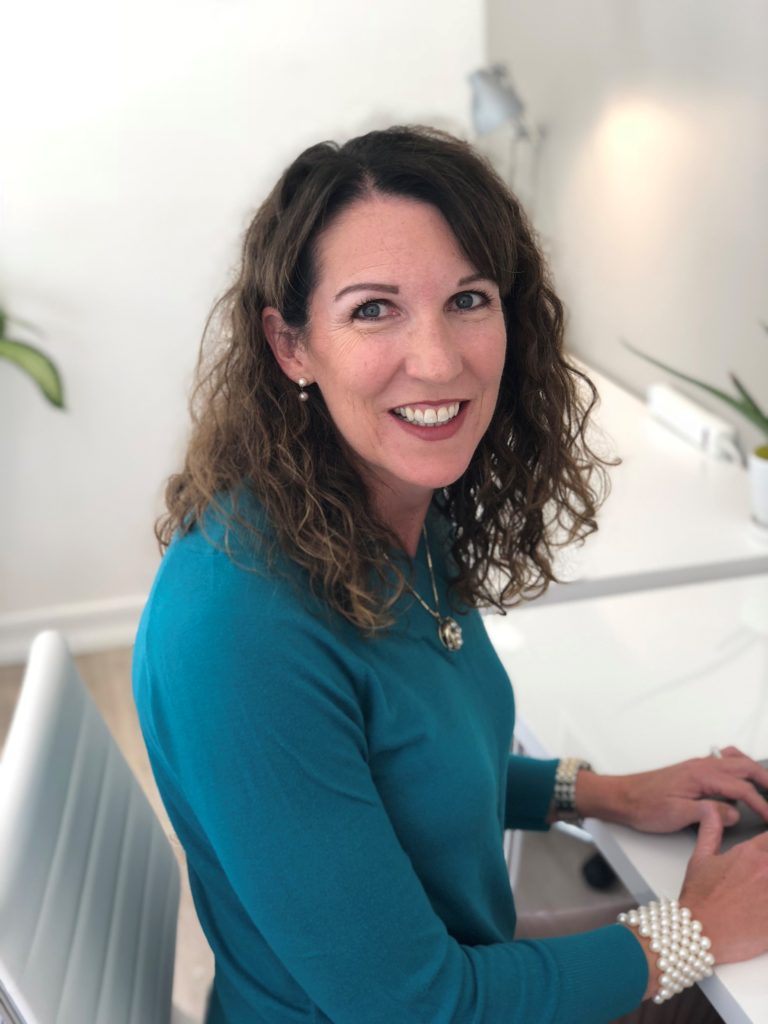Creative Approaches Spark Innovation
In the world of constant advancement and innovation, finding a problem to solve is an ongoing exercise where issues get resolved before they’re a problem. So when it comes to thinking of fresh new ideas, it’s easy for teams to fall flat. Yet, many companies continue to use robust methods to spark innovation within their teams.
At SparkPath, we find creative solutions to big project problems by working in small groups and micro teams when partnering with business leaders to guide their idea to fruition. Rather than bringing issues to stakeholders where fewer ideas get identified and are often overly debated, we bring small groups together to drive innovative solutions. Here’s how we do it.
When bringing small groups of say 10-12 people together, you can experiment within your tactics to spark innovation, solve a problem, or address a need. At SparkPath, we find the best place to start is to set the intention. Intention focuses on the present. It provides space for people to pause and make an introspective commitment to put their ego aside and step into a meeting or discussion with an open mind.
With this forethought and understanding of how you “show up” for the meeting, you avoid walking in and hoping for the best. Instead, it allows the small group to be deliberate and consciously contribute to the discussion. We find the following intentions relatable and professional and applicable for nearly any meeting – whether to spark innovation or resolve a problem. We invite you to utilize and mold these intentions into something you can call your own.
- I intend to hold myself and the group with respect.
- I intend to remember that everyone operates from a place of positive intent.
- I intend to listen openly and wholeheartedly.
- I intend to ask insightful questions to broaden my understanding of the situation.
Bring mindfulness into the workplace and experience the power of setting energetic attention on the present. Remember that meeting outcome is not about what happens to you; it’s about how you react and respond at the moment. And when you intend to be more mindful in your interactions, there’s a direct connection to how much you accomplish within the group.
When the target is not clearly defined, attempting to solve a critical problem becomes unproductive and costly use of expert resources. The small pliable group of experts may distort themselves and solve everything BUT the core issue. So, start the meeting with foundational elements.
Define the target problem. While this context tethers to resolving a blocker in a large-scale, complex project – this same approach applies to creatively identify objectives for an organization’s visionary goal or enhance a company’s customer experience. Again, the fundamental aim is to spark innovation.
In a project setting, it’s typically clear as day to define the target problem to solve since project risks are identified and tracked meticulously. Yet, there are times that the issue is a decoy from the root cause. So, whether in a resolution or brainstorm setting, when the target is cloudy and difficult to see clearly, consider asking the group these cardinal questions:
- When did this problem first start? Or when was it identified that change or growth was needed? What were the circumstances at that time? Were conditions overly stressed? What competing priorities crippled efforts? How did the group’s performance plateau?
- What triggered the problem, the pain, the stagnation in the past? What are the current triggers? What’s it like to be in this problem or state of work? What is not getting done? What happens instead?
- What are you hoping to do or accomplish by resolving this problem or change and grow the organization? What happens if you do nothing?
The additional context and texture gathered from these inquiries provide the depth to define the target confidently and move into the spaciousness of suggestion.
Now the fun begins – especially when the end target is to identify new ways of doing things. Leave judgment at the door and invite vulnerability as you consider rapid-fire idea generation, mind maps, round table discussion, and star-bursting to deliberate and brainstorm. Bring humor and playfulness into the exercise and watch innovation flow naturally.
At SparkPath, we rely on similar tactics when moving a strategy or visionary goal into an actionable plan. And when we need to resolve a problem or project blocker, we also invite logic and pragmatic thinking to determine appropriate actions towards resolution with estimated time and effort.
After working in the lively state of idea generation, narrow them down to a select few of the most well-received ideas. Then consider breaking up the group into micro teams of 2-3 people per team, based on member interest, for another round of brainstorming. This time, the target is more focused on creative, clear, and thoughtful ideas to investigate further with adequate time and research – before making decisions or beginning implementation.
There are infinite approaches to ignite creativity and propel innovation. At SparkPath, we welcome you to experiment with what we’ve found helpful as you maneuver through a world of constant advancement and innovation. We believe we’re in a pivotal transitional era where it’s more important than ever to look at old problems in new ways. So, investigate and expand your practices to slingshot forward while moving in this new era of how you work and how you do business.
Set up a 20-minute call here to see if we are a good fit to spark your project!
Download or View this Article as a PDF

A passionate organizer of people and initiatives, Erica Smigielski brings over twenty years of experience in project leadership to financial software and SaaS companies who want to launch their next big idea. She leads large-scale, complex projects like product launches and company mergers and acquisitions as well as focused efforts to bring structure and process to fast-track businesses. Erica holds certifications as a Stanford Advanced Project Manager as well as a Certified Group Facilitator, making her a master orchestrator of strategic planning, as well as a skillful communicator who can expertly navigate complex group dynamics.






